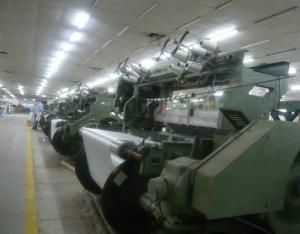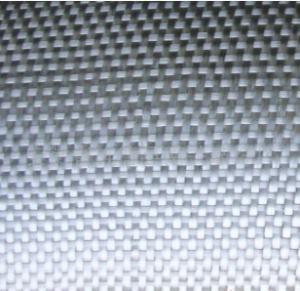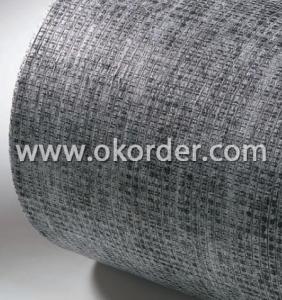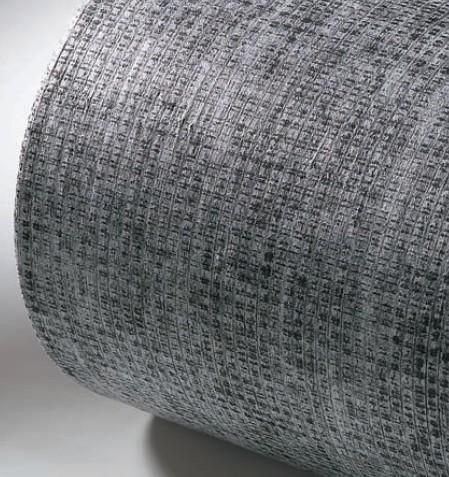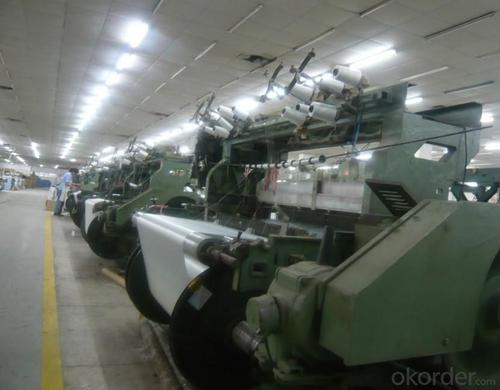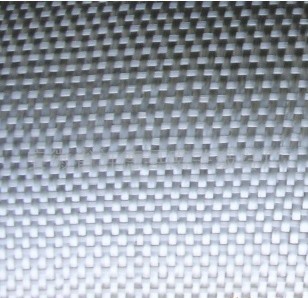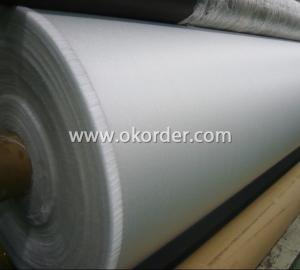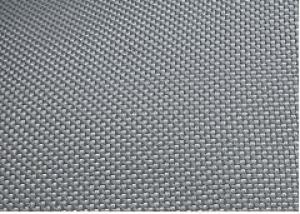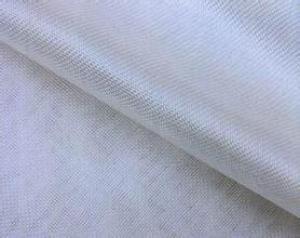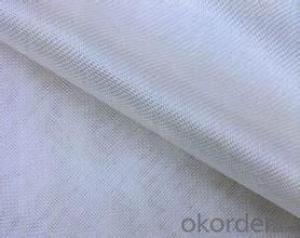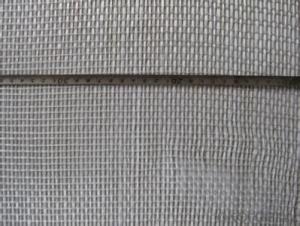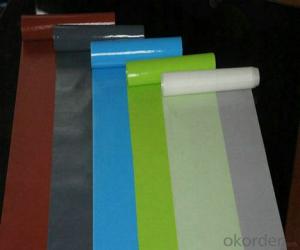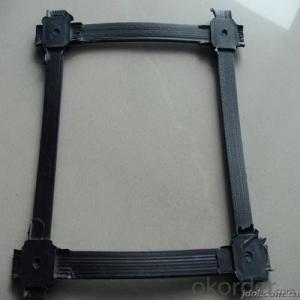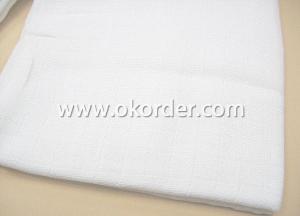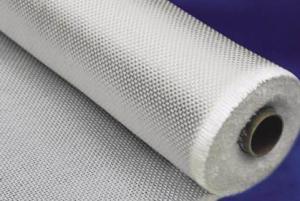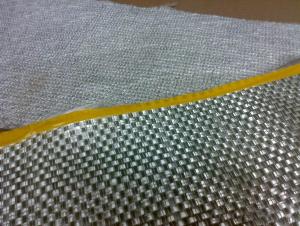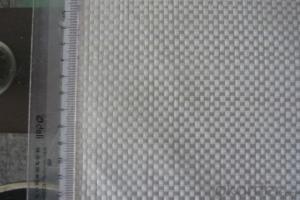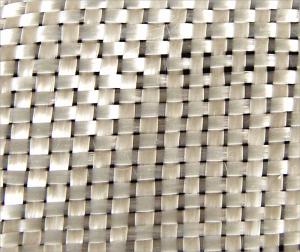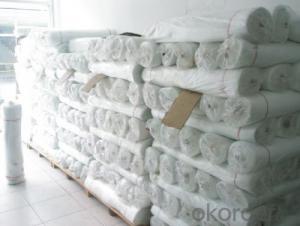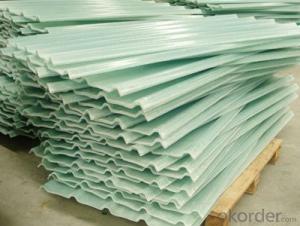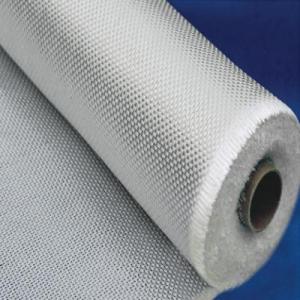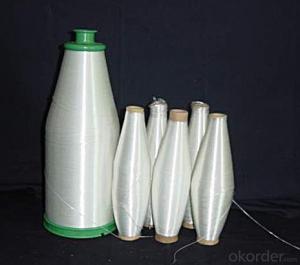Classic Fiberglass Woven Roving Fabric
- Loading Port:
- Qingdao Port
- Payment Terms:
- TT or LC
- Min Order Qty:
- 10000 M2 m²
- Supply Capability:
- 50000000 M2 Per Year m²/month
OKorder Service Pledge
OKorder Financial Service
You Might Also Like
Introducton of Fiberglass Fabrics for surfboard:
Fiberglass fabric is corrosion resistance, high intensity, electricity insulation, compatibility with other resin. Fiberglass fabric is widely used into electric insulation field for PCB or copper clad laminate.
Technical Data Sheet of Fiberglass Fabrics for surfboard:
Fabric Count Warp×Fill(Per cm) | Yarn(SI)
| Thickness(mm) (Rreference Only) | Nominal Weight(g/m2) | Weight Tolerance(g/m2) |
23.6×18.5 | 5 11 1×0 5 11 1×0 | 0.053 | 46.8 | 45.1-48.5 |
23.6×23.6 | 5 11 1×0 5 11 1×0 | 0.056 | 52.9 | 51.5-54.2 |
19.3×16.5 | 7 45* 1×0 7 45* 1×0 | 0.149 | 164.1 | 157.7-170.5 |
18.1×17.7 | 7 45* 1×0 7 45* 1×0 | 0.140 | 1654.0 | 158.0-171.0 |
23.6×19.7 | 6 33 1×0 6 33 1×0 | 0.125 | 148.0 | 142.8-153.2 |
20.0×10.8 | 9 331×0 9 74 1×0 | 0.135 | 146.2 | 142.1-150.3 |
20.5×20.5 | 9 34* 1×0 9 34* 1×0 | 0.114 | 138.3 | 133.6-143. |
23.6×22.0 | 7 22 1×0 5 11 1×0 | 0.079 | 78.0 | 75.6-80.4 |
22.0×18.9 | 7 22 1×0 7 22 1×0 | 0.084 | 90.9 | 88.5-93.2 |
23.6×22.8 | 7 22 1×0 7 22 1×0 | 0.094 | 103.8 | 100.7-106.8 |
26.0×21.7 | 7 22 1×0 7 22 1×0 | 0.095 | 108 | 104.8-111.2 |
17.3×12.2 | 9 681×0 9 68 1×0 | 0.173 | 203.4 | 198.0-208.9 |
17.9×13.4 | 9 68 1×0 9 68 1×0 | 0.18 | 210.0 | 204.5-215.3 |
17.3×11.4 | 9 68 1×0 9 102* 1×0 | 0.201 | 232.3 | 226.5-238.0 |
17.5×7.9 | 9 68 1×0 9 136* 1×0 | 0.254 | 227.8 | 221.1-234.7 |
17.4×10 | 9 68 1×0 9 136* 1×0 | 0.250 | 260.0 | 255.2-265.3 |
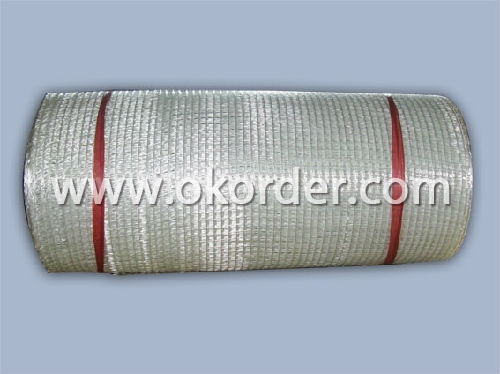
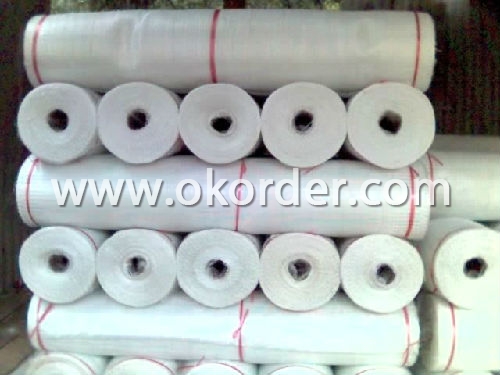
- Q: Can fiberglass fabric be used for air ducts?
- Yes, fiberglass fabric can be used for air ducts. Fiberglass fabric is a popular choice for air duct insulation due to its excellent thermal and acoustic insulation properties. It is lightweight, flexible, and resistant to fire, moisture, and mold growth, making it suitable for use in air duct systems. Additionally, fiberglass fabric is easy to install and can help improve energy efficiency by reducing heat loss or gain through the ductwork. However, it is important to ensure that the fiberglass fabric used for air ducts meets the necessary industry standards and regulations to ensure proper performance and safety.
- Q: What is the difference between alkali resistant fiberglass mesh and hot dipped galvanized steel wire mesh?
- Mesh is enhanced tensile strength parallel to the direction of the vertical intensity has no obvious improvement, failure surface after drawing were concentrated on the surface of the glass fiber cloth, both single-layer glass fiber mesh cloth or double glass fiber mesh reinforced with brick are not recommended.
- Q: Is fiberglass fabric resistant to tearing or ripping?
- Yes, fiberglass fabric is highly resistant to tearing or ripping due to its strong and durable nature.
- Q: Are fiberglass fabrics suitable for use in the energy sector?
- Yes, fiberglass fabrics are suitable for use in the energy sector. They offer excellent thermal insulation properties, are resistant to high temperatures, and have high strength and durability. Fiberglass fabrics are commonly used in insulation systems, electrical insulation, and as a reinforcement material in composite structures, making them well-suited for various applications in the energy sector.
- Q: How does fiberglass fabric handle static electricity?
- Fiberglass fabric is a non-conductive material, which means it does not conduct electricity. Therefore, it does not accumulate static electricity and is not affected by it.
- Q: Are fiberglass fabrics resistant to staining or discoloration?
- Yes, fiberglass fabrics are generally resistant to staining or discoloration. This is because fiberglass is a synthetic material that is non-porous and does not absorb liquids or substances that can cause stains. Additionally, fiberglass fabrics are often treated with special coatings or finishes that provide an extra layer of protection against staining or discoloration. However, it is important to note that the level of resistance can vary depending on the specific type of fiberglass fabric and the substances it comes into contact with.
- Q: Can fiberglass fabric be used for tents and awnings?
- Yes, fiberglass fabric can indeed be used for tents and awnings. Fiberglass fabric is a popular choice for outdoor applications due to its durability, strength, and resistance to harsh weather conditions. It is lightweight yet sturdy, making it an ideal material for tents and awnings. Additionally, fiberglass fabric is fire-resistant and provides excellent UV protection, ensuring a safe and comfortable outdoor experience. It also offers good insulation properties, helping to maintain a comfortable temperature inside the tent or under the awning. Overall, fiberglass fabric is a reliable and versatile option for tents and awnings, providing both protection and durability in various outdoor settings.
- Q: What are the advantages of using fiberglass fabric in construction?
- There are several advantages to using fiberglass fabric in construction. Firstly, fiberglass fabric is incredibly strong and durable. It has a high tensile strength, meaning it can resist a significant amount of force without breaking or tearing. This makes it an ideal material for reinforcing structures and providing additional strength to various construction elements. Secondly, fiberglass fabric is lightweight. Compared to other materials like steel or concrete, fiberglass fabric is much lighter, making it easier to handle and transport. This can lead to increased efficiency and reduced labor costs during the construction process. Additionally, fiberglass fabric is highly resistant to corrosion. Unlike metals, which can rust over time, fiberglass fabric does not corrode, making it a long-lasting and low-maintenance option for construction projects. This resistance to corrosion also means that fiberglass fabric can be used in a wide range of environments, including those with high levels of moisture or chemicals. Furthermore, fiberglass fabric is a non-conductive material. This makes it an excellent choice for applications where electrical insulation is required, such as in electrical panels or wiring systems. It provides a safe and reliable solution for preventing electrical currents from passing through and causing potential hazards. Another advantage of using fiberglass fabric in construction is its versatility. It can be molded and shaped into various forms, allowing for customization and flexibility in design. This versatility enables architects and builders to create unique structures and achieve specific aesthetic goals. Lastly, fiberglass fabric is fire-resistant. It has a high melting point and does not support combustion, making it a safer option in terms of fire protection. By incorporating fiberglass fabric into construction projects, the risk of fire spreading and causing extensive damage can be significantly reduced. In conclusion, the advantages of using fiberglass fabric in construction are its strength, lightweight nature, corrosion resistance, electrical insulation properties, versatility, and fire-resistant qualities. These benefits make it a reliable and efficient material choice for a wide range of construction applications.
- Q: Can fiberglass fabric be used for making window screens?
- Yes, fiberglass fabric can be used for making window screens. Fiberglass is a lightweight and durable material that is resistant to tears, corrosion, and UV rays, making it an ideal choice for window screens. It is also highly flexible, allowing for easy installation and removal. Additionally, fiberglass fabric has a fine mesh structure that effectively keeps out insects while still allowing for airflow and visibility. Overall, fiberglass fabric is a popular and reliable option for making window screens.
- Q: What are the different types of fiberglass fabrics?
- There are several different types of fiberglass fabrics available, each with its own unique characteristics and applications. Some common types include: 1. E-Glass Fabric: This is the most commonly used type of fiberglass fabric. It is known for its excellent electrical insulation properties and high tensile strength. E-glass fabric is used in a wide range of applications, including boat building, automotive parts, and aerospace components. 2. S-Glass Fabric: S-glass fabric is a higher-performance alternative to E-glass. It has a higher tensile strength and better resistance to impact, making it suitable for applications that require superior strength, such as military equipment and high-performance sports equipment. 3. C-Glass Fabric: C-glass fabric is resistant to chemical corrosion, making it ideal for use in applications where exposure to chemicals is a concern. It is commonly used in chemical plants, wastewater treatment facilities, and other industrial settings. 4. A-Glass Fabric: A-glass fabric is an alkali-resistant type of fiberglass fabric. It is commonly used in the construction industry for reinforcing cement and concrete structures, such as bridges and buildings. 5. Roving Fabric: Roving fabric consists of untwisted strands of fiberglass. It is typically used in applications that require high strength and dimensional stability, such as wind turbine blades, pipes, and pressure vessels. 6. Chopped Strand Mat (CSM): CSM is a type of fiberglass fabric made from randomly oriented chopped strands held together with a binder. It is commonly used in applications that require a smooth and uniform surface finish, such as boat hulls and automotive parts. 7. Woven Roving: Woven roving is a heavy-duty type of fiberglass fabric that consists of closely woven strands. It is known for its high strength and stiffness, making it suitable for applications that require structural reinforcement, such as boat hulls, wind turbine blades, and automotive body panels. Overall, the choice of fiberglass fabric depends on the specific requirements of the application, including strength, electrical insulation properties, chemical resistance, and surface finish.
1. Manufacturer Overview
| Location | Shandong, China |
| Year Established | 1964 |
| Annual Output Value | Above US$ 20 Million |
| Main Markets | 20.00% North America 20.00% South America 10.00% Eastern Europe 10.00% Southeast Asia 10.00% Northern Europe 10.00% South Asia 10.00% Western Europe 5.00% Africa 5.00% Mid East |
| Company Certifications | ISO9001:2000 |
2. Manufacturer Certificates
| a) Certification Name | |
| Range | |
| Reference | |
| Validity Period |
3. Manufacturer Capability
| a) Trade Capacity | |
| Nearest Port | Qingdao Port |
| Export Percentage | 31% - 40% |
| No.of Employees in Trade Department | 10-20 People |
| Language Spoken: | English; Chinese; |
| b) Factory Information | |
| Factory Size: | Above 200,000 square meters |
| No. of Production Lines | Above 10 |
| Contract Manufacturing | Design Service Offered; Buyer Label Offered |
| Product Price Range | High; Average |
Send your message to us
Classic Fiberglass Woven Roving Fabric
- Loading Port:
- Qingdao Port
- Payment Terms:
- TT or LC
- Min Order Qty:
- 10000 M2 m²
- Supply Capability:
- 50000000 M2 Per Year m²/month
OKorder Service Pledge
OKorder Financial Service
Similar products
Hot products
Hot Searches
Related keywords
